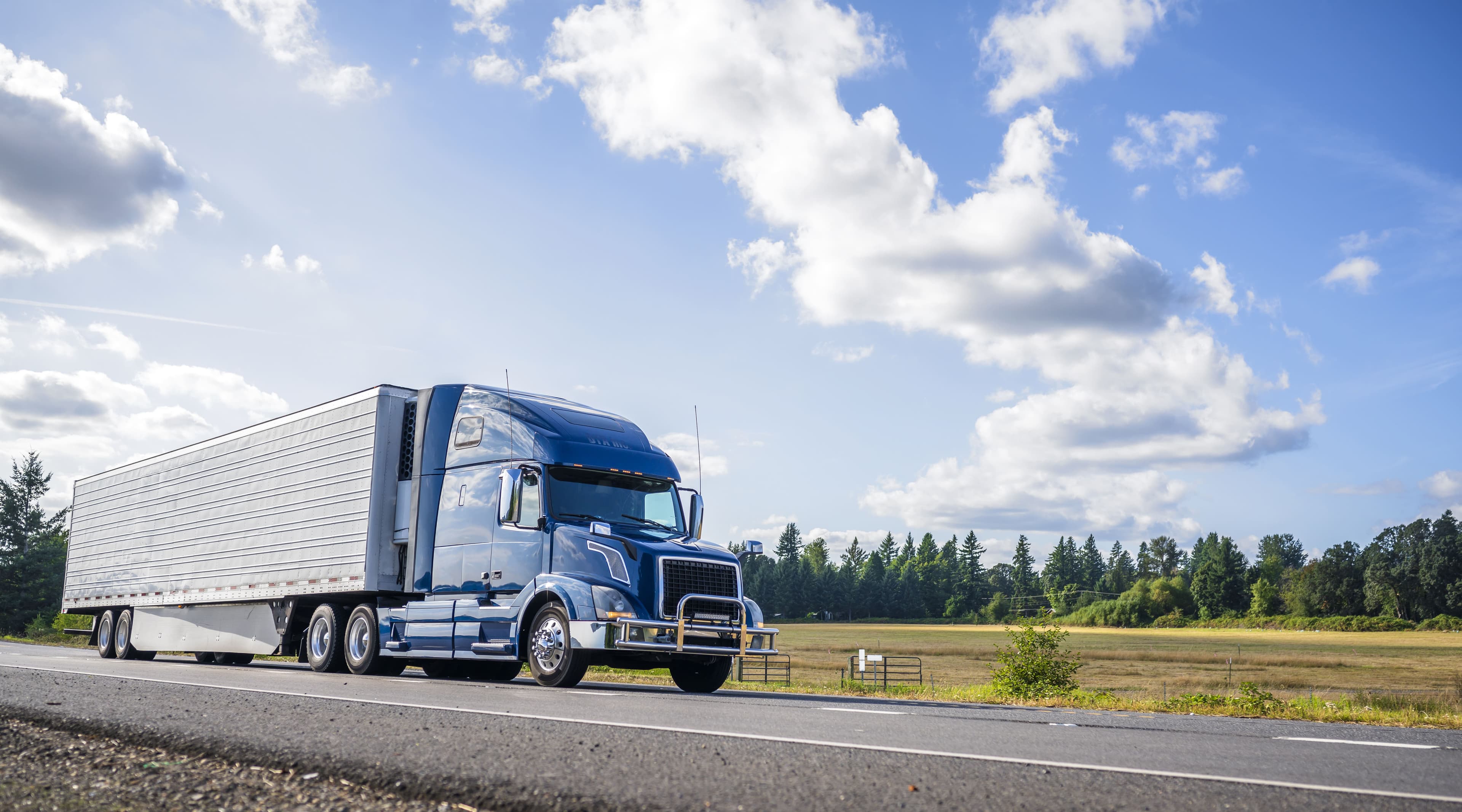Understand the Benefits and Differences of CNG and RNG

Trending
Top Posts
Transportation Strategy
What is a Transportation Management System?
4 min read
March 27, 2025
Market Events
A Comprehensive Guide to Federal Policy Updates and Their Impacts on the Transportation Industry
10 min read
March 26, 2025
Market Events
Diesel Fuel Price Trends to Watch for the Remainder of 2025
5 min read
March 25, 2025

5 min read
November 7, 2023

Share:
Government mandates and consumer demand for eco-friendly products are applying pressure on businesses to adopt more sustainable practices. As a result, C-suite leaders are increasingly looking to transportation teams to help achieve science-based targets. Transportation accounts for an average of 23-36% of a product’s life cycle of greenhouse gas (GHG) emissions, making it an obvious starting point for businesses to minimize their carbon footprint. But reducing transportation emissions across a complex, national supply chain network is no small task.
Transportation teams can’t make progress alone, especially when it comes to tackling scope 3 emissions. To achieve meaningful progress, shippers need to effectively engage and collaborate with their carrier partners. However, without the right approach and data, it can be difficult to move forward.
Scope 3 GHG emissions occur throughout a company’s value chain, making up 90% of an organization’s total emissions. Of these, transportation accounts for nearly 29%. Organizations historically have not been required to report on scope 3 emissions, but that could change as the Securities and Exchange Commission continues to advocate for mandates that would require the tracking and disclosure of these emissions.
Given the interdependence between shippers’ scope 3 emissions and carriers’ scope 1 emissions, it’s not surprising that 70% of transportation leaders say strengthening mutually beneficial transportation contracts with current partners is a key focus area. Transparent and collaborative shipper-carrier relationships can help both parties gain visibility into their emissions and identify areas for improvements.
But while these relationships can support both shippers and carriers in achieving their emissions reduction goals, a number of challenges need to be considered.
Diesel has long dominated the transportation industry, with over a century of infrastructure development and optimization invested in it. Any move toward more sustainable alternatives must contend with this deeply ingrained status quo. In particular, carriers must make investments in new equipment, which often requires longer-term partnerships to justify and offset these costs. Balancing these financial and operational constraints with the urgent need for emissions reduction presents a complex challenge for transportation leaders. Given these hurdles, making progress on sustainability can feel daunting — but you don’t have to solve everything at once. Instead, start with a conversation to engage your carrier partners and initiate progress toward your shared goals.
Whether you’re conducting an RFP or a quarterly review with a core carrier partner, you must be able to effectively navigate sustainability discussions. With a thorough understanding of the alternative energy marketplace and well-defined goals, you can engage in productive, transparent conversations that benefit you and your carrier partners.
But remember that your carriers also have their own goals, which underscores the importance of adaptability. For instance, a potential carrier may require longer-term partnerships to offset transition costs. While this may not align with your initial plans, embracing flexibility can lead to solutions that benefit you in the long term.
Tackling scope 3 emissions reduction may feel daunting, but strengthening carrier relationships can go a long way in bridging the gap between your goals and meaningful progress. By prioritizing mutually beneficial carrier relationships and engaging in transparent discussions, you and your partners can pave the way for a more sustainable future in freight transportation. Most importantly, remember that emissions reduction isn’t a one-time initiative — it’s an ongoing process that requires adaptability and collaboration.
Get in touch with Breakthrough to learn how our CleanMile solution can help you gather data on your scope 1 and scope 3 transportation emissions, establish benchmarks, and set goals you can use to engage your carrier partners.

4 min read
March 27, 2025
Discover how a TMS streamlines planning, execution, and logistics with real-time visibility, automation, and data-driven insights to optimize freight moves.
Read more
10 min read
March 26, 2025
Stay informed of the latest federal transportation policy changes to help you adapt, manage risks, and seize new opportunities in the dynamic landscape.
Read more
5 min read
March 25, 2025
Explore diesel fuel price trends, including the impact of oversupply, OPEC+ decisions, and geopolitical factors. Discover strategies to adapt to the energy market.
Read more